Wrocław 2024-10-11
Railway line No. 271 Wrocław Główny – Poznań Główny.
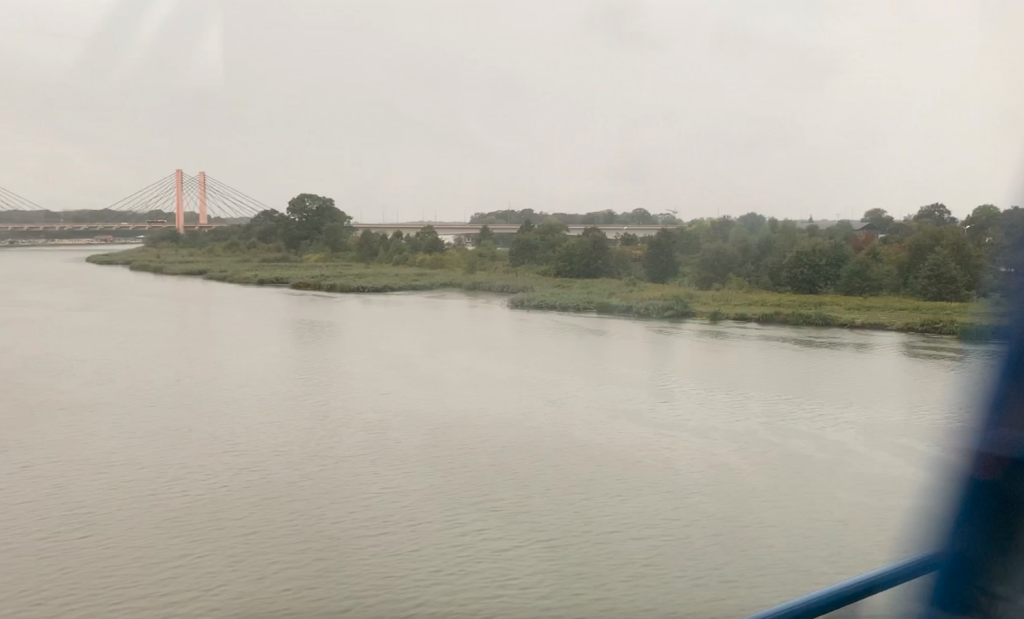
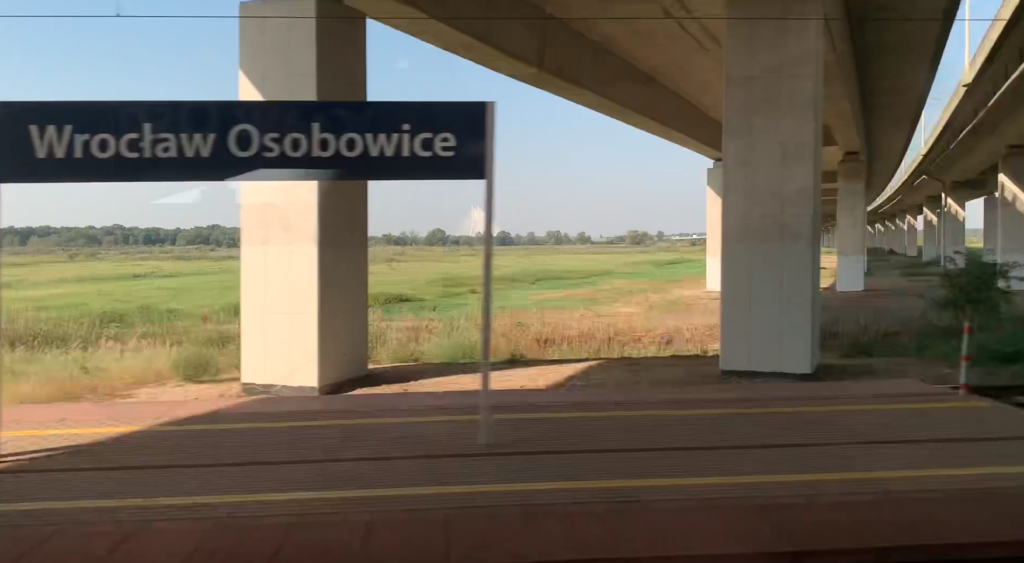
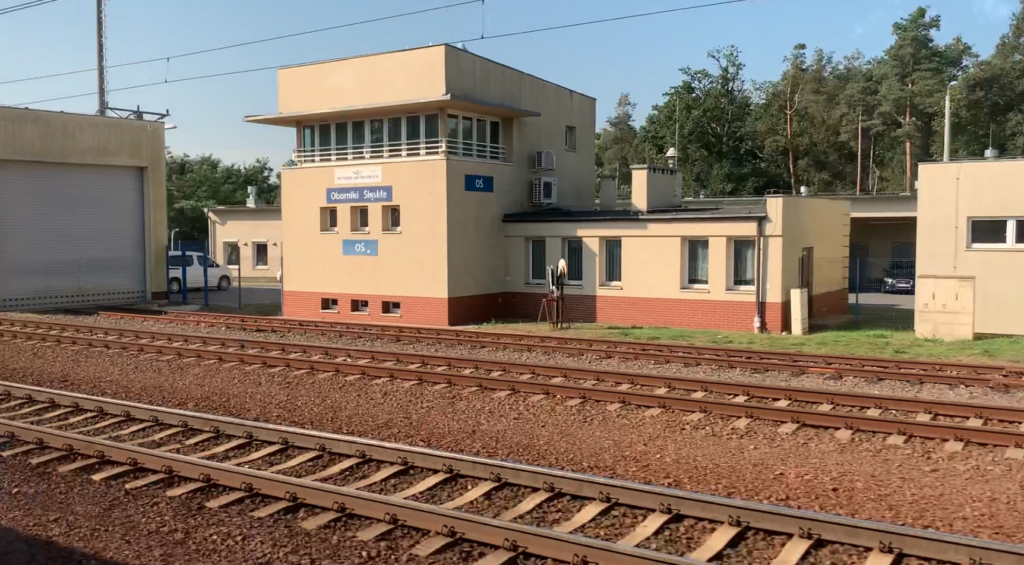
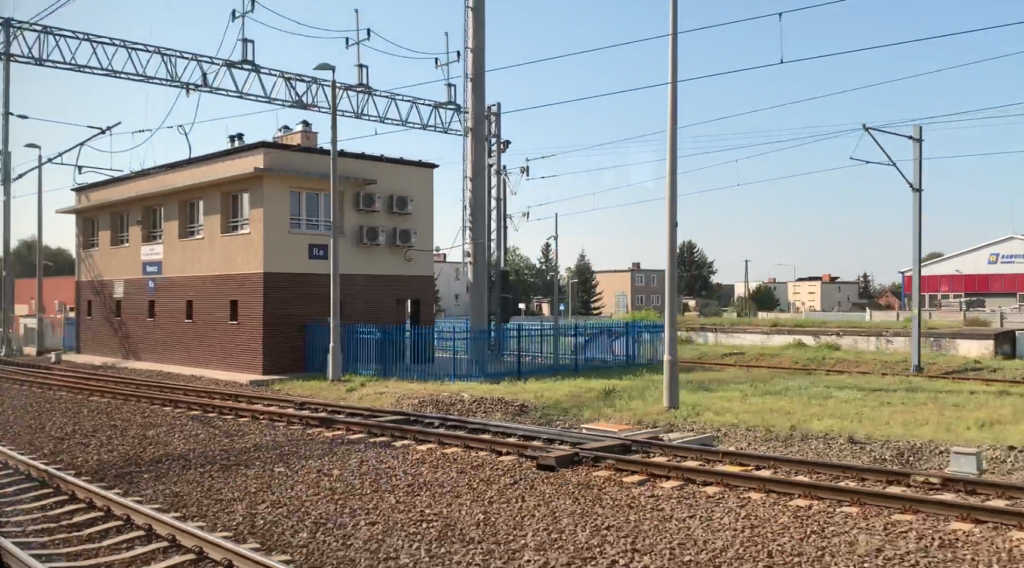
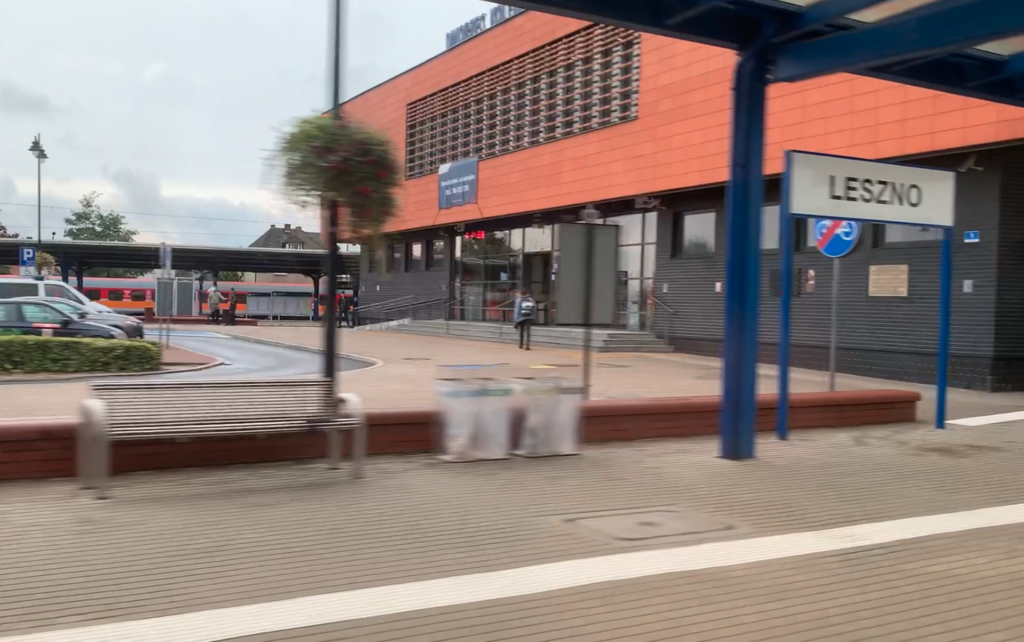
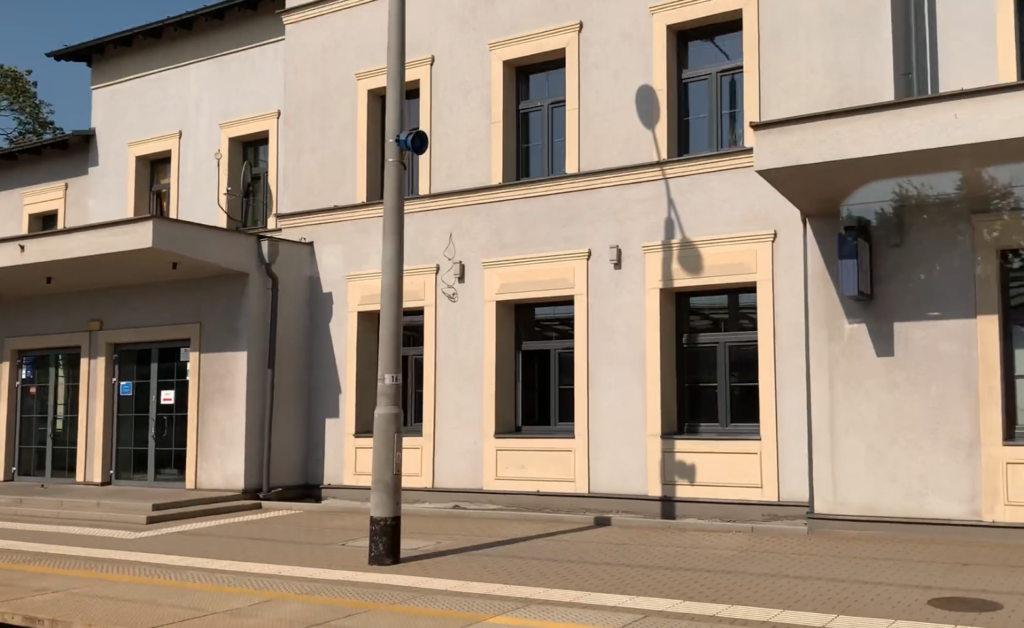
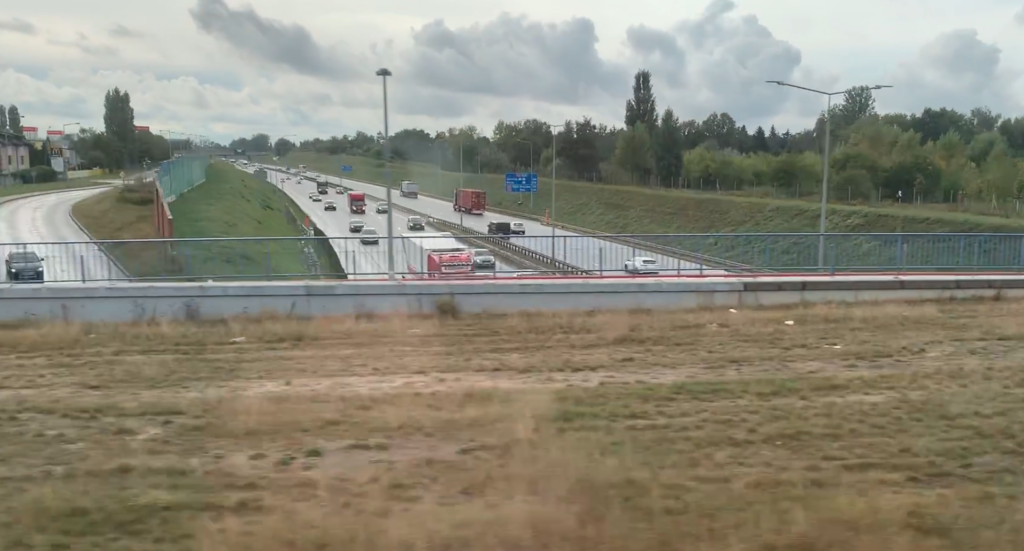
Railway line No. 271 Wrocław – Poznań was built in 1856. This line connects Wrocław Główny – Poznań Główny, runs in the meridional direction and has a length of 164.212 km. The line is double-track, electrified with 3 kV DC current. After the last modernization, the maximum train speed is 160 km/h. The line was built in the period 1853-1856. Electrification took place in the period 1969-1970. LK No. 271 is an element of the Trans-European Transport Network (TEN-T), as the E 59 main line. Currently (2024) the line is intensively used for freight and passenger traffic.
The decisions to build LK Wrocław – Poznań were made in 1853, which was defined as the Wrocław – Poznań – Głogów Railway. The Upper Silesian Railway obtained the concession for the construction. The company began construction of the line on November 16, 1853, by starting to lay tracks from Leszno in both directions. From Poznań towards Głogów, the line was laid at the latest. Currently, a section of the Poznań – Głogów railway line belongs to LK No. 14. A large investment was the construction of a railway bridge over the Oder between the settlements of Popowice and Osobowice. A steel bridge was built, which consisted of 33 spans. Two spans were rotatable, thanks to which the river was maintained navigable. On September 27, 1856, a trial run of a steam locomotive took place on the Wrocław Główny – Leszno section. Regular rail traffic began on October 27, 1856. The opening ceremony of the line took place on October 29, 1856. Together with the LK, the railway stations were put into operation; Puszczykówko, Mosina, Czempiń, Kościan, Stare Bojanowo, Lipno, Leszno, Rydzyna, Bojanowo, Rawicz, Żmigród, Osola, Oborniki Śląskie, Szewce, Osobowice, Popowice, Wrocław Główny. Initially, the line was single-track; the second track was laid after 1886.
Since 1922, LK No. 271 was an international line, and the station in Leszno served as a station with border control. Although the Rawicz station (63.06 km) was located on the territory of Poland. To the south was Germania, and to the north the Republic of Poland. Despite this, trains crossed the border in international traffic. For example, there was a German express train Wrocław – Leszno – Poznań – Bydgoszcz – Gdańsk. The trains had their locomotives replaced. There were also Polish trains Poznań – Leszno – Rawicz, which in fact did not cross the state border.
After the Second World War, the line was completely within the borders of Poland. The LK was largely infrastructurally degraded. There were mainly difficulties with replenishing water in steam locomotives, as well as with the supply of hard coal. Ty4 type steam locomotives were still used on the route. Already at the beginning of the 1950s, the Wrocław – Poznań line was designated for electrification. Due to the weak national economy, under the rule of the communists, electrification did not begin until 1969. Electrification took place in three stages: On May 31, 1969, Poznań Główny – Puszczykówko. On December 20, 1969, Puszczykówko – Leszno. On April 22, 1970, Leszno – Wrocław Główny. In the 1970s, due to the increasing rail traffic, several rail-road intersections were rebuilt into viaducts, i.e. grade-separated intersections. In connection with the construction of the A2 Motorway, the carriageways were laid in a trench and in a tunnel under the tracks. The S5 Expressway, Wrocław – Poznań, was also laid without any collisions. It is not true that the S5 Expressway was built on the occasion of the football tournament in Poland in 2012. It is true, however, that initially only the modernisation of National Road No. 5 was planned. The line is equipped with SHP electromagnets along its entire length.
Regular passenger traffic is carried out on the entire route by the carriers PolRegio and InterCity. More pairs of trains run on the Leszno – Poznań section than Wrocław – Leszno. In the past, several trains ended their run at Rawicz station, which is now primarily an intermediate station. Freight traffic on LK No. 271 is mainly carried out on the Wrocław – Poznań – Szczecin route, in parallel with LK Nadodrzanka.
In 2013, the eastern bridge over the Odra in Wrocław was renovated. In January 2015, the reconstruction of the western bridge over the Odra in Wrocław was completed. The structure of the bridge spans was completely replaced, and 29 pillars underwent renovation work. In 2014, the northern span of the viaduct over Grabiszyńska Street in Wrocław was replaced. In July 2015, the remaining two spans were dismantled and their replacement began. At that time, train traffic was on a single track.
The last modernization of LK No. 271 took place in the period 2014-2019. A speed of 160 km/h was introduced for passenger trains and 120 km/h for freight trains. The travel time of passenger trains was shortened by 30-60 minutes and freight trains by 45 minutes compared to previous years. The axle load was increased to 221 kN. The transport capacity of the new freight wagons was used. Thanks to the new road systems, most of the rail-road intersections were eliminated, which increased safety. The platforms were adapted to the needs of disabled people by equipping the platforms with ramps or elevators. Several crossings over the railway line for wild animals were built. Sound-absorbing screens were installed on a large scale. New Local Railway Traffic Control Centers were built, using computer systems. Automatic Line Blocks were modified. It was not decided to adapt LK Nr. 271 to the maximum speed of the train up to 200 km/h. This was due to the lack of appropriate financial resources and the lack of an appropriate number of locomotives and EZTs with such a speed. The InterCity carrier began ordering this type of locomotive only in 2023. To date (2024), InterCity and PolRegio have not ordered EZTs with a speed >200 km/h. We are omitting the EZT ED250 Pendolino already in use.
Route of LK No. 271 Wrocław Główny – Poznań Główny.
LK No. 271 starts at Wrocław Główny station (0.00 km) and runs westwards along a railway viaduct. At the Wrocław Grabiszyn “Gn” branch post, the line turns northwards. The line is up, passing the former tracks from the former Świebodzicka station on a viaduct. Next is Wrocław Mikołajów railway station (3.70 km), “Wp” branch post, Wrocław Popowice railway station (4.60 km). The line crosses the Odra River on the “Poznań Bridge”, which has defensive structures on the north side; Artillery Rampart. Wrocław Różanka station, passenger stop (6.60 km). Wrocław Osobowice railway station (9.71 km). The line crosses the A8 Motorway (E67) at the bottom. Wrocław Świniary railway station (13.72 km). Pęgowski Bridge. Szewce Station (15.85 km). Pęgów Station (19.95 km). The line passes the Golędzinów Landing Site on the western side. Oborniki Śląskie Station (26.37 km). Osola Station (31.20 km). Skokowa Station (36.23 km). The line passes the S5 Expressway at the bottom. Żmigród Station (47.15 km). On the western side of the railway line there is the Railway Institute Experimental Track, Węglewo. In Żmigród the line crosses the Barycz River. Grabice Station (51.94 km). Korzeńsko Station (55.47 km). The line passes the S5 Expressway at the bottom. The line crosses the border of the Lower Silesian and Wielkopolska Voivodeships, which was the state border in the period 1922-1939. Rawicz Station (63.06 km). Bojanowo junction station (75.31 km). Kaczkowo station, passenger stop (81.85 km). Rydzyna station (85.64 km). Leszno junction station (95.79 km). Lipno Nowe station (103.99 km). Górka Duchowna station, passenger stop (107.88 km). Stare Bojanowo junction station (112.54 km). Przysieka Stara station (117.20 km). Kościan junction station (122.70 km). Obrzyska Stare station (128.38 km). Czempin station (132.94 km). Iłowiec station (138.76 km). Drużyna Poznańska station, passenger stop (142.15 km). Mosina station (146.09 km). The line crosses the Mosiński Channel river. Puszczykówko junction station (149.64 km). Puszczykowo station (152.25 km). Luboń junction station (157.93 km). The line runs over the A2 Motorway near the Poznań Luboń road junction. Poznań Dębiec station, passenger stop (160.75 km). Poznań Główny junction station (164.454 km).
Written by Karol Placha Hetman
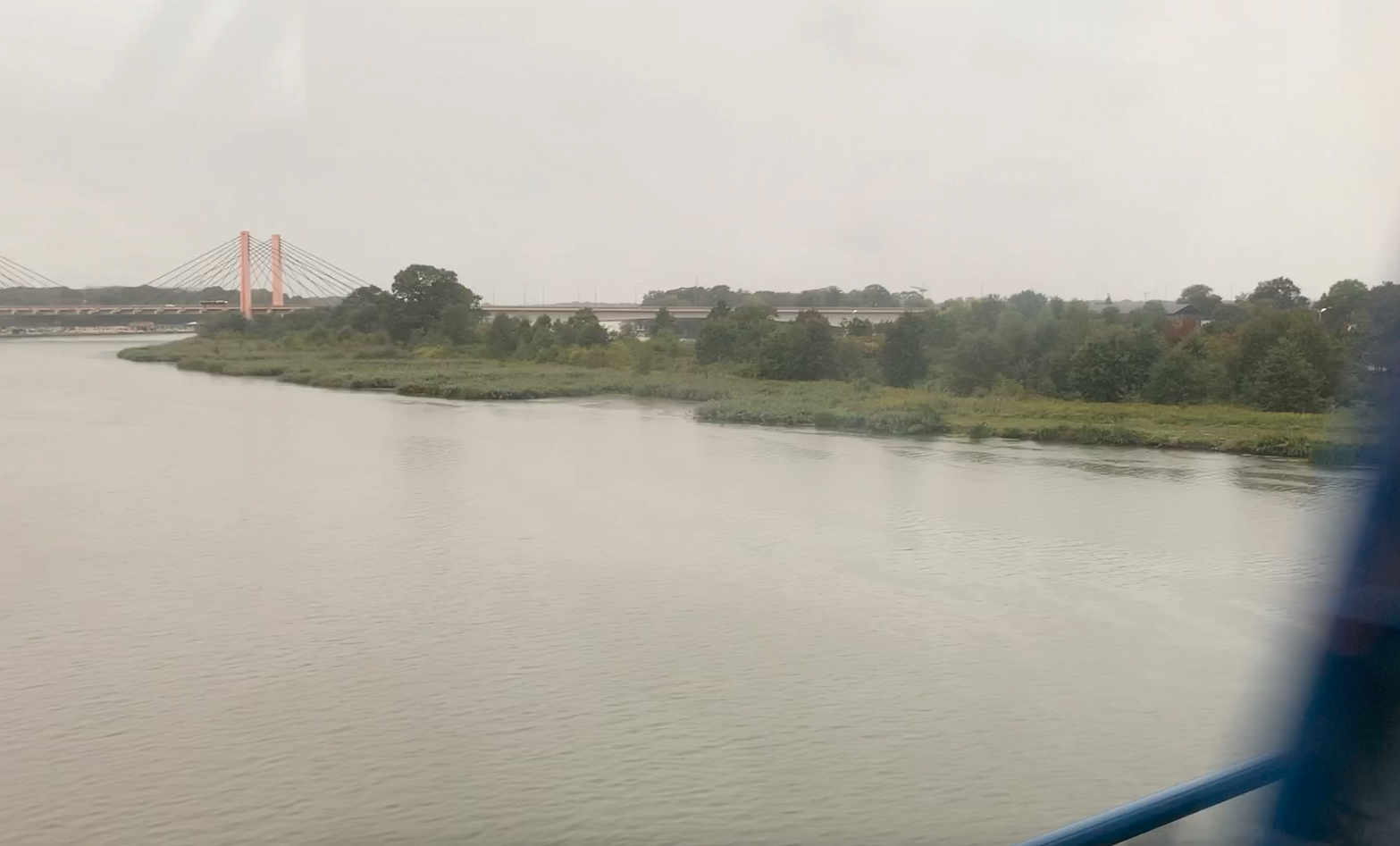
Leave a Reply
You must be logged in to post a comment.